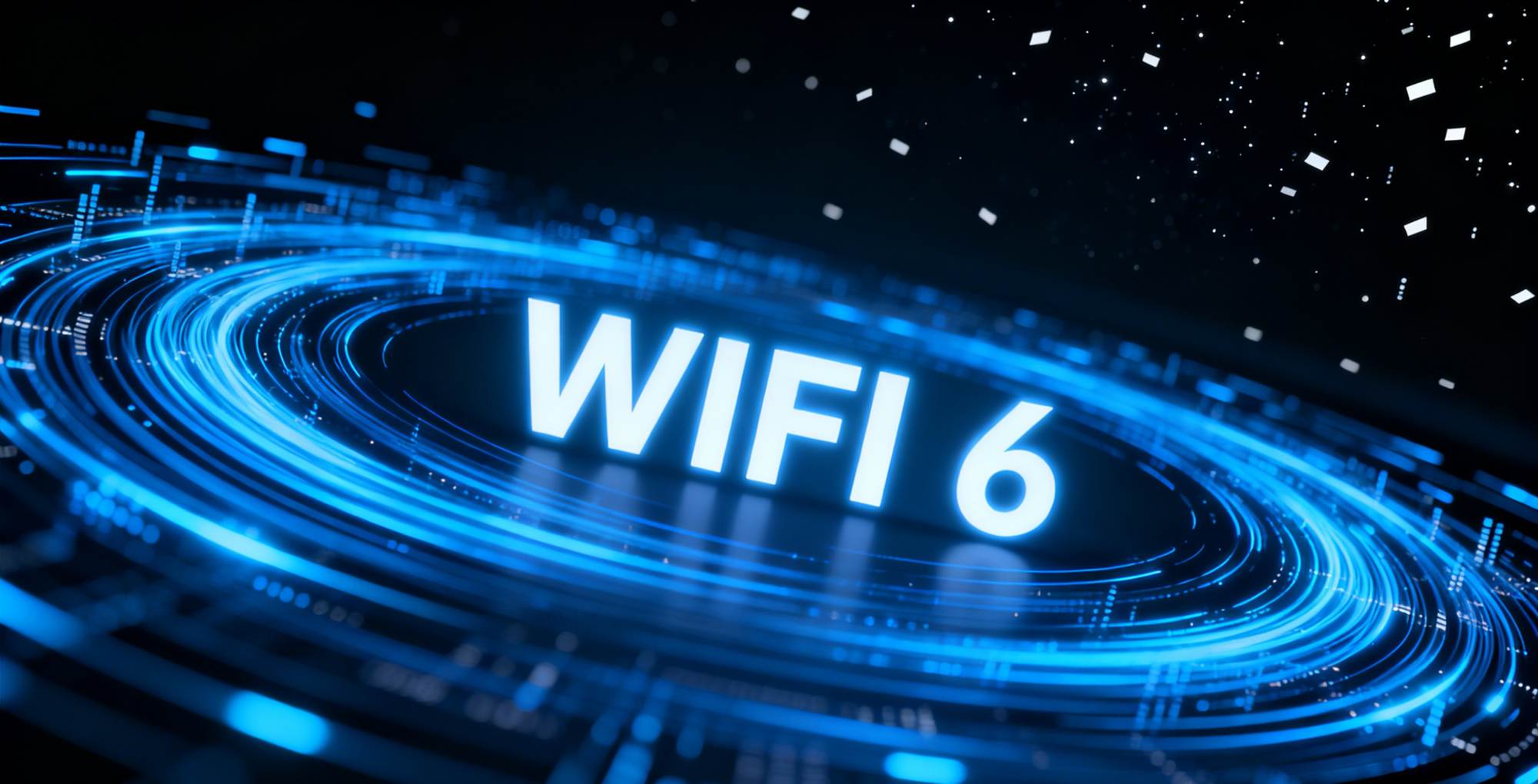(AFP, Paris) Swiss scientists have used human stem cells to create miniature brain organoids, primitive biological processors, exploring how to harness the uncanny computing power of the human brain.
Jordan, co-founder of the Swiss startup FinalSpark, said he believes processors powered by brain cells will one day replace the chips driving the artificial intelligence (AI) boom.
Currently, supercomputers that power AI tools like ChatGPT use silicon semiconductors to simulate the neurons and networks of the human brain. But Jordan said, "Instead of trying to imitate, we should just use the real thing."
FinalSpark first purchases stem cells extracted from human skin cells, cultured them, and allowed them to develop into neurons. Then, they assembled these neurons into clumps just 1 millimeter in diameter to form brain organoids. Scientists then attached electrodes to the organoids, stimulating them to respond to simple keyboard commands.
One of the potential advantages of biocomputing is that neurons require far less energy to compute information than digital computers, and neurons can be replicated endlessly in the lab, unlike AI chips, which are currently in short supply. However, brain organoids still have a long way to go before they can compete with digital computers.
Further reading


Brain organoids are composed of living cells and are therefore subject to death. FinalSpark claims that its organoids can live up to six months.
Whether these miniature brains could develop consciousness remains an open question. However, all scientists interviewed by AFP denied that these tiny balls of cells in a petri dish could develop consciousness.
Currently, 10 universities around the world are using FinalSpark's brain organoids for research. Ward-Cherryer, a researcher at the University of Bristol in the UK, is using these bioprocessors as the brains of robots, enabling them to distinguish Braille letters. He said there are many challenges, including encoding data in a way that the organoids can understand and interpreting the signals they send.













